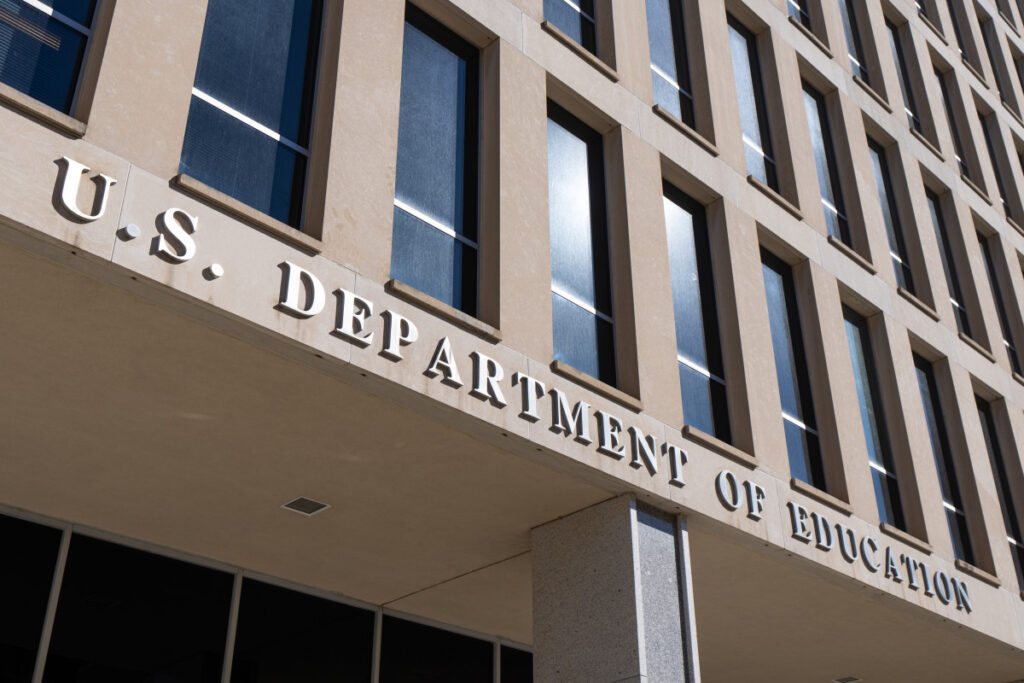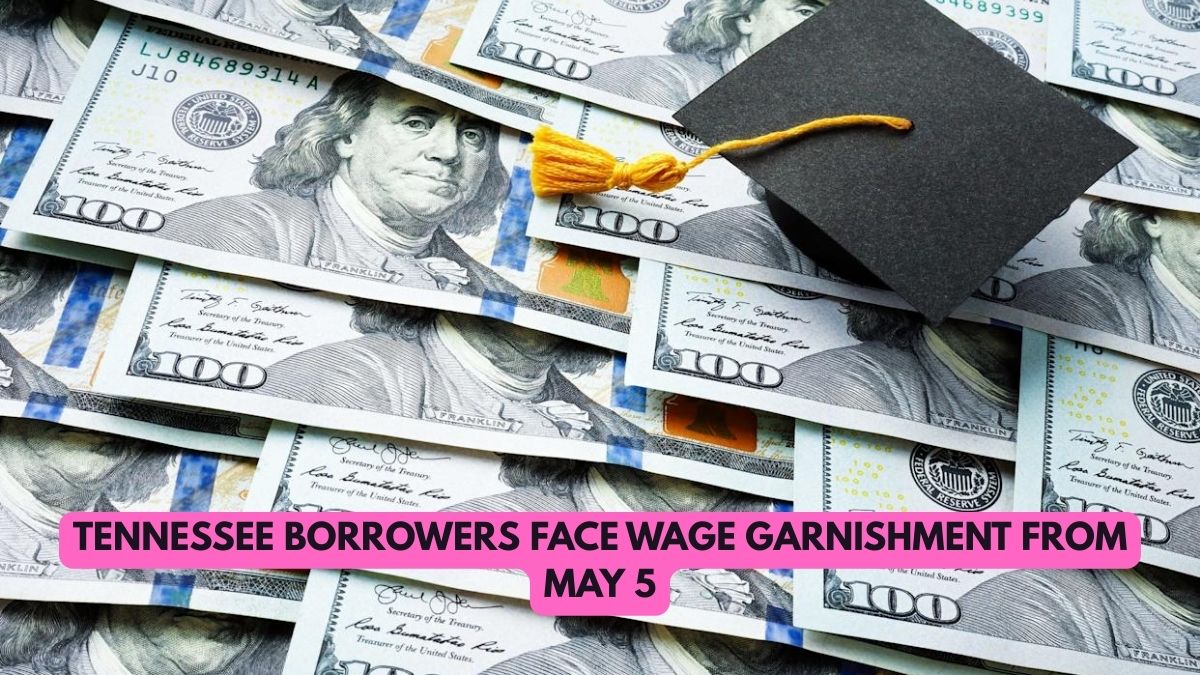Starting May 5, 2025, the U.S. Department of Education will officially resume involuntary collections for borrowers in default on federal student loans—a move that ends a five-year pause implemented during the COVID-19 pandemic. This action could lead to wage garnishment and other collection methods, affecting thousands of borrowers across Tennessee and nationwide.
What Does This Mean for Tennessee Borrowers?
Tennessee student loan borrowers who have failed to make payments for more than 270 days could soon face wage garnishment. Under federal law, the government can take up to 15% of a borrower’s disposable income without needing a court order. This process, known as administrative wage garnishment, is a serious consequence of being in default and can significantly impact a person’s financial stability.
Borrowers will begin receiving notification emails within the next two weeks about their status. Formal notices of wage garnishment are expected to be issued later this summer. These notifications will explain the steps borrowers can take to avoid or stop garnishment, according to the U.S. Department of Education.

Treasury Offset Program Also Resumes
In addition to wage garnishment, the Department of Education is restarting the Treasury Offset Program. This allows the government to seize federal payments owed to borrowers, such as:
- Tax refunds
- Social Security benefits
- Federal retirement payments
The Internal Revenue Service (IRS) and U.S. Treasury coordinate these efforts to recoup unpaid debts.
How Many Borrowers Are at Risk?
More than 5 million Americans are currently in default, and another 4 million are expected to default in the near future, according to a recent Reuters report. Many of these borrowers reside in states like Tennessee, which has a higher-than-average student loan delinquency rate.
Options to Avoid Wage Garnishment
If you are behind on your payments, there are still ways to avoid or stop wage garnishment:
1. Loan Rehabilitation
This federal program allows you to remove your loan from default by making nine voluntary, on-time payments over ten months. Once completed, the default status is removed from your credit report.
2. Loan Consolidation
Defaulted loans can be consolidated into a new Direct Consolidation Loan. To be eligible, you must agree to repay the new loan under an income-driven repayment (IDR) plan.
3. Income-Driven Repayment (IDR) Plans
Borrowers can enroll in IDR plans like the Saving on a Valuable Education (SAVE) plan, which calculates monthly payments based on income and family size. For some borrowers, this could mean payments as low as $0.
Credit Score Impact
A recent Money.com analysis reveals that defaulting on student loans can drop a borrower’s credit score by as much as 171 points. This can make it harder to rent a home, buy a car, or qualify for a credit card. Borrowers should act quickly to resolve defaults before their wages or tax refunds are affected.

Critics Voice Concerns
Critics argue that restarting debt collection in a fragile economy may worsen the financial strain for low-income families. Advocacy groups, including the Student Borrower Protection Center, have urged the Biden administration to offer more robust support and extend relief options for those in hardship.
The Education Department has responded by expanding support services, including:
- Extended customer service hours
- A new AI-powered assistant named Aiden to guide borrowers through repayment options
- A streamlined application process for IDR plans
Where to Get Help
Borrowers who want to check their default status or find the best path forward can reach out to:
- Default Resolution Group: 1-800-621-3115
- Federal Student Aid: StudentAid.gov
Additionally, Tennessee residents can consult local nonprofits and legal aid organizations for free help navigating their student loan repayment or default status.
This article has been carefully fact-checked by our editorial team to ensure accuracy and eliminate any misleading information. We are committed to maintaining the highest standards of integrity in our content.

Deepak Grover is a dedicated content writer at OTE News, specializing in government affairs, public policy, and current events. With a keen eye for detail and a passion for factual reporting, he ensures readers receive accurate and insightful news. Deepak holds a degree in Political Science and has experience in research-driven journalism.
When not writing, he enjoys reading historical books, exploring hiking trails, and staying updated with global political trends. His commitment to ethical journalism makes him a trusted voice at OTE News.




